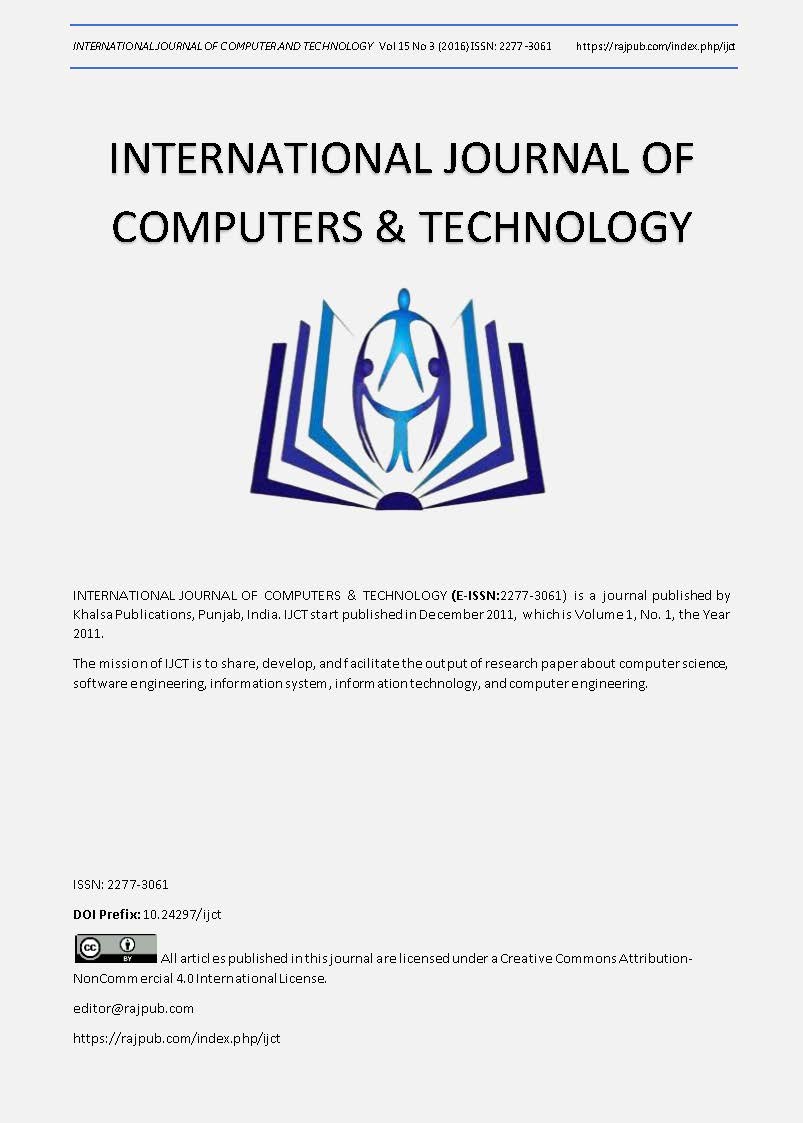Coloured Image Segmentation Using K-Means Algorithm
DOI:
https://doi.org/10.24297/ijct.v15i3.1667Keywords:
Image Segmentation, Color quantization, Skin Disease, Ringworm, K-means, Clusters, Scabies.Abstract
Very large collections of images are growing ever more common. From stock photo collections to proprietary databases to the Web, these collections are diverse and often poorly indexed; unfortunately, image retrieval systems have not kept pace with the collections they are searching. The shortcomings of these systems are due both to the image representations they use and to their methods of accessing those representations to find images: (i) When users generally want to find images containing particular objects, most existing image retrieval systems represent images based only on their low-level features (“stuffâ€) with little regard for the spatial organization of those features. (ii) Systems based on user querying are often unintuitive and offer little help in understanding why certain images were returned and how to refine the query. Often the user knows only that he has submitted a query for, say, a bear and retrieved very few pictures of bears in return. (iii) For general image collections, there are currently no systems that automatically classify images or recognize the objects they contain. Hence, in this paper K-means algorithm was used to segment colors in two common skin diseases; Ringworm and Scabies. The results obtained showed other identifiable region which are needed for proper diagnosis by the consulting physician. However, Scabies skin diseases could not yield more and accurate results due to poor lighting effect of the image. This shows that light plays a major role in the segmentation of images based on color.









